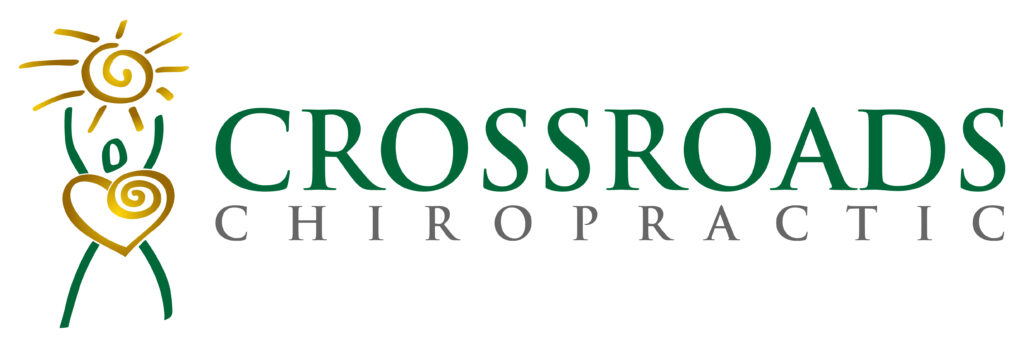Jack Kerouac has a quote regarding fads: “Great things are not accomplished by those who yield to trends and fads and popular opinions.” I find this quite appropriate for modern American. We, in general, are trend hopping, gimmick-chasing, fad mongers. We trade long term results for short term experiments. We chase the new, the fast, and the easy….almost always to our detriment.
The last 100 years or so of our country’s history has been filled with gimmicks and fads (I’m looking at you “as seen on tv” products!). Simply look at the world of diets, for example: in the 80’s fat was evil and now carbs are the enemy. At one point cigarettes were considered safe and even healthy. The point: things come and go and only the truly valuable stick. They may evolve, but the main concepts are kept because they are good and worthwhile.
I’m proud to say that chiropractic is one of these things. It has stood the test of time and is largely unchanged. On September 18th, chiropractic turned 121 years old. It was birthed by D.D. Palmer in 1895 in Davenport, Iowa. Palmer then started the Palmer School of Chiropractic in 1897. Now, to be clear Palmer didn’t invent moving a bone in your spine (there are reports of spinal bones being moved in other cultures thousands of years earlier). No, the brilliance he produced was a philosophy, a pattern of thinking. Palmer said; “Chiropractic embraces the science of life, the knowledge of how organisms act in health and disease, and also the art of adjusting the neuroskeleton.” See, it was not just adjusting the spine, but how we look at health. Every organ, tissue, and cell in your body operates in a coordinated fashion, each and every moment of your existence, to keep you alive. For example, your heart beats without you thinking about it, if you cut your finger the blood will clot and the skin will repair without you giving the order, and every breath you take is done automatically. These are just a few examples, but these type of actions are happening constantly throughout your body for your entire life. This systemic coordination is controlled by your brain, which communicates with all the systems of your body via the spinal cord and the nerves that bud off the spinal cord. When a spinal bone deviates from its normal position, Palmer called it subluxation. These misalignments could occur from something big like a trauma or something less dramatic like repetitive use (think staring down at a cell phone or a long drive). The theory is that subluxations put pressure on the nerve system and diminish your brain’s ability to communicate and operate your body’s functions.
Thus, as chiropractors, we concern ourselves with the detection and correction of subluxation so that your body can fully function. We are not worried about any particular condition, pain, or ailment. These types of things are not problems, but indications of underlying issues. So, by this rationale, we correct subluxations so the body can heal itself.
To this day, 121 years later, many chiropractors still learn and utilize these ideas: the philosophy, the adjustment, and the concern for the correction of the spine versus symptom management. People who seek chiropractic care are often successful in managing and reducing symptoms, but the purpose of chiropractic is to go beyond the relief of symptoms and find root causes.
In the healthcare marketplace of today, it is so important for each and everyone of us to have the freedom to get what we each feel is the best care for ourselves and our families. I’m proud that for the last century that chiropractic has been an option for us all, and I hope that chiropractors 121 years from now will be writing the same thing!
